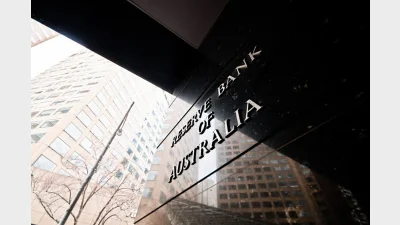$6.4bn in uninvested super hurting member outcomes: ASFA



While “generally supportive” of strengthening financial resilience in superannuation, the Association of Superannuation Funds of Australia (ASFA) has raised concerns about members’ uninvested savings set aside to cover funds’ Operational Risk Financial Requirement (ORFR).
APRA’s SPS 114 Operational Risk Financial Requirement, implemented since 2013, establishes requirements for an RSE licensee, in this case super funds, to “maintain adequate financial resources to address losses arising from operational risks that may affect registrable superannuation entities within its business operations.”
Responding to APRA’s consultation on strengthening these requirements, ASFA has argued holding excess funds in the ORFR “results in worse financial outcomes for members.”
As of December 2023, APRA-regulated funds collectively managed around $2.5 trillion in funds under management (FUM). Among these funds, approximately $6.4 billion, equivalent to 0.25 per cent of FUM, has been allocated for ORFR purposes.
“This represents a significant amount of money that is not being invested to produce a return for members,” ASFA said in its submission.
“Given this, it is imperative that the right balance is struck between competing public policy interests – adequately provisioning to mitigate operational risk should not be at the expense of member outcomes.”
The association noted that the proposed strategy of maintaining a minimum target amount of 0.25 per cent as a percentage of FUM “fails to take into consideration the operational risk profile” of a fund. It expressed concern that the “significant exercise” of annually reassessing the ORFR target amount would be a “wasted effort” if the trustee is mandated to return to 25 bps regardless of the review’s findings.
“Members have suggested that one possible approach that APRA could consider would be if APRA were to set the recommended ORFR target amount for the industry at 25 bps but allow RSE licensees to determine a different amount having regard to their risk profile, including their operational risk environment and the maturity of their risk function,” ASFA said.
It put forward a potential approach that funds could either adopt an ORFR target amount of 25 bps, in which case the requirement for the trustee to review the target amount annually would be removed.
Alternatively, funds could determine that a different ORFR target amount is appropriate, provided that it meets certain conditions. If the ORFR amount is less than 25 bps, an annual review of the ORFR target amount would be required, ASFA suggested.
In its submission to APRA last year, AustralianSuper also argued the new prudential standard and guidance governing funds’ financial resilience should provide clarity in allowing ORFR targets to reflect scale benefits.
According to the country’s largest fund, this was important for two reasons.
“Internal modelling conducted by AustralianSuper since the beginning of the ORFR requirements has shown that the potential loss that the fund is exposed to has not risen at the same rate that members’ assets have grown,” it said.
Also, “a flat bps target does not reflect the ongoing investment which AustralianSuper is making in its Risk Management Framework, risk governance and operational risk oversight, all of which contribute to reduce the likelihood and severity of an operational risk incident.”
Recommended for you
The major changes to the proposed $3 million super tax legislation have been welcomed across the superannuation industry.
In holding the cash rate steady in September, the RBA has judged that policy remains restrictive even as housing and credit growth gather pace.
A new report warns super funds must rethink retirement readiness as older Australians use super savings to pay off housing debt.
An Australian superannuation delegation will visit the UK this month to explore investment opportunities and support local economic growth, job creation, and long-term investment.










